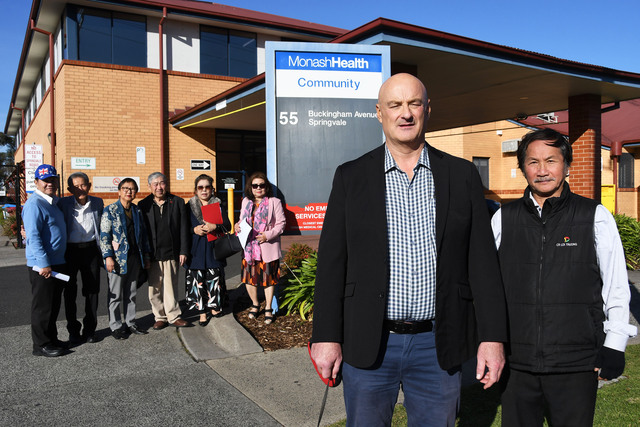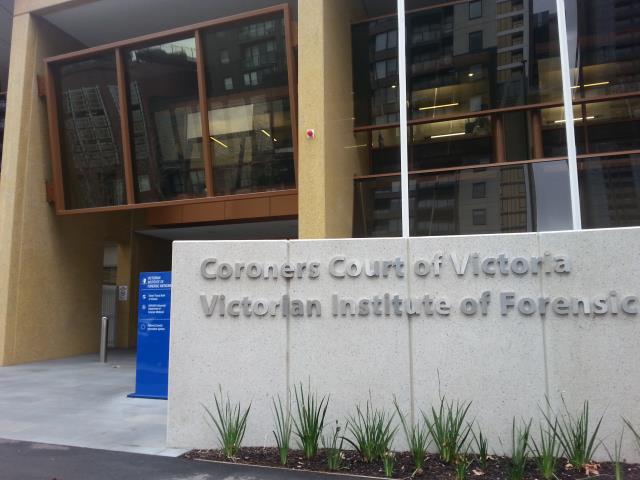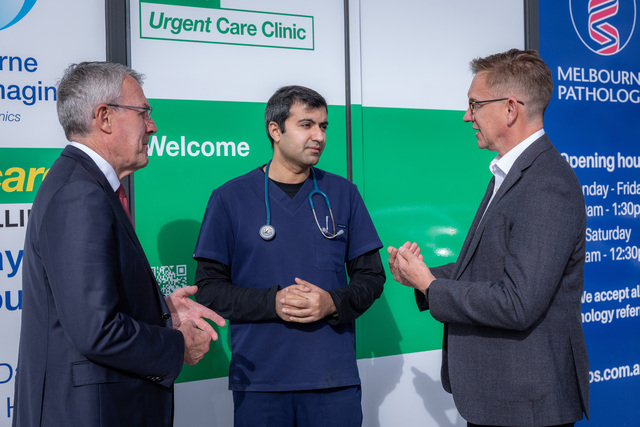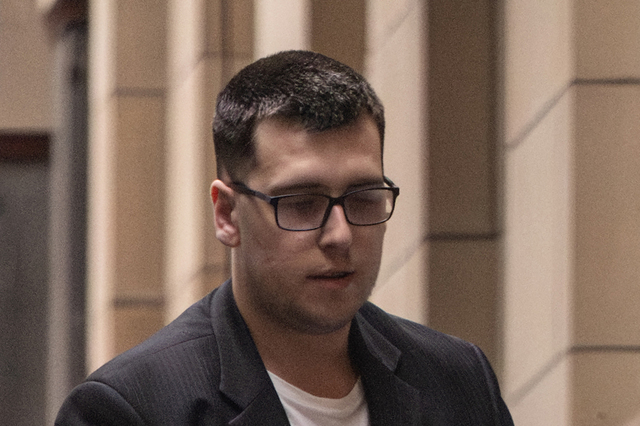By Cam Lucadou-Wells
Burglaries in Casey have climbed to nearly 50 a week with assaults about 40 and thefts 150, according to official crime statistics released on 29 September.
The Police Association Victoria seized on the soaring crime rate in Casey to reinforce its call for a “significant injection” of frontline police.
Opposition leader Matthew Guy called the statewide rise a crime “tsunami”.
Crime in the municipality rose by 14.5 per cent on a per capita basis in the 12 months up to June 2016.
In raw figures – which don’t take into account Casey’s population growth – burglaries are up 29 per cent to 2442 for the year, thefts are up 17 per cent and robberies up 46 per cent.
Assaults in Casey were more than 2000 for the 12-month period, and thefts more than 7500.
Superintendent Paul Hollowood, who oversees Greater Dandenong, Casey and Cardinia police regions, said the robbery and theft spikes were predominantly stolen cars or stealing from cars.
It was part of a “youth-networked offending phenomenon” that was striking all of metro Melbourne.
“The Southern Metro Region Crime Team continues to focus upon youth networked offending, having made over 160 arrests since May of this year.
“The rise in assaults (and related offences) is primarily as a result of an increase in the reporting of family violence incidents.”
Supt Hollowood said he was confident a Frontline Tactical Unit targeting street crime and the Divisional Response Unit focused on serious, organised crime would reduce offending.
Suburb by suburb, burglaries were up 39 per cent in Berwick, 42 per cent in Cranbourne, 17 per cent in Doveton, 21 per cent in Endeavour Hills, 31 per cent in Hallam and 47 per cent in Narre Warren.
The figures confirm a much publicised spate of aggravated burglaries and carjackings.
Police Minister Lisa Neville said “hundreds” of additional police were being funded in response to a six-year trend of increasing crime.
Ms Neville noted the trauma of carjackings and home invasions but argued they were relatively uncommon.
“Across the state, carjackings have increased from 107 to 206 – these are very serious crimes but they represent only about 1 per cent of overall theft of motor vehicle offences,” Ms Neville said.
“Burglary and break and enter offences have increased, but overwhelmingly these involve no confrontation with victims.
“Home invasions remain about 1.4 per cent of overall crime – these are still horrific incidents which have a terrible impact on victims and communities.”
Police deputy commissioner Andrew Crisp said drugs were a significant driver of crime.
Ice was catching up to cannabis as the illicit drug most regularly found by police officers “out on the streets”, he said.
Police Association secretary Bruce McKenzie said police were at “breaking point” and were without the numbers needed in stations to “get the job done properly”.
“Our members have for months now been telling us that they are working excessive amounts of overtime and putting themselves at risk because there are not enough police in the Casey area,” he said.







